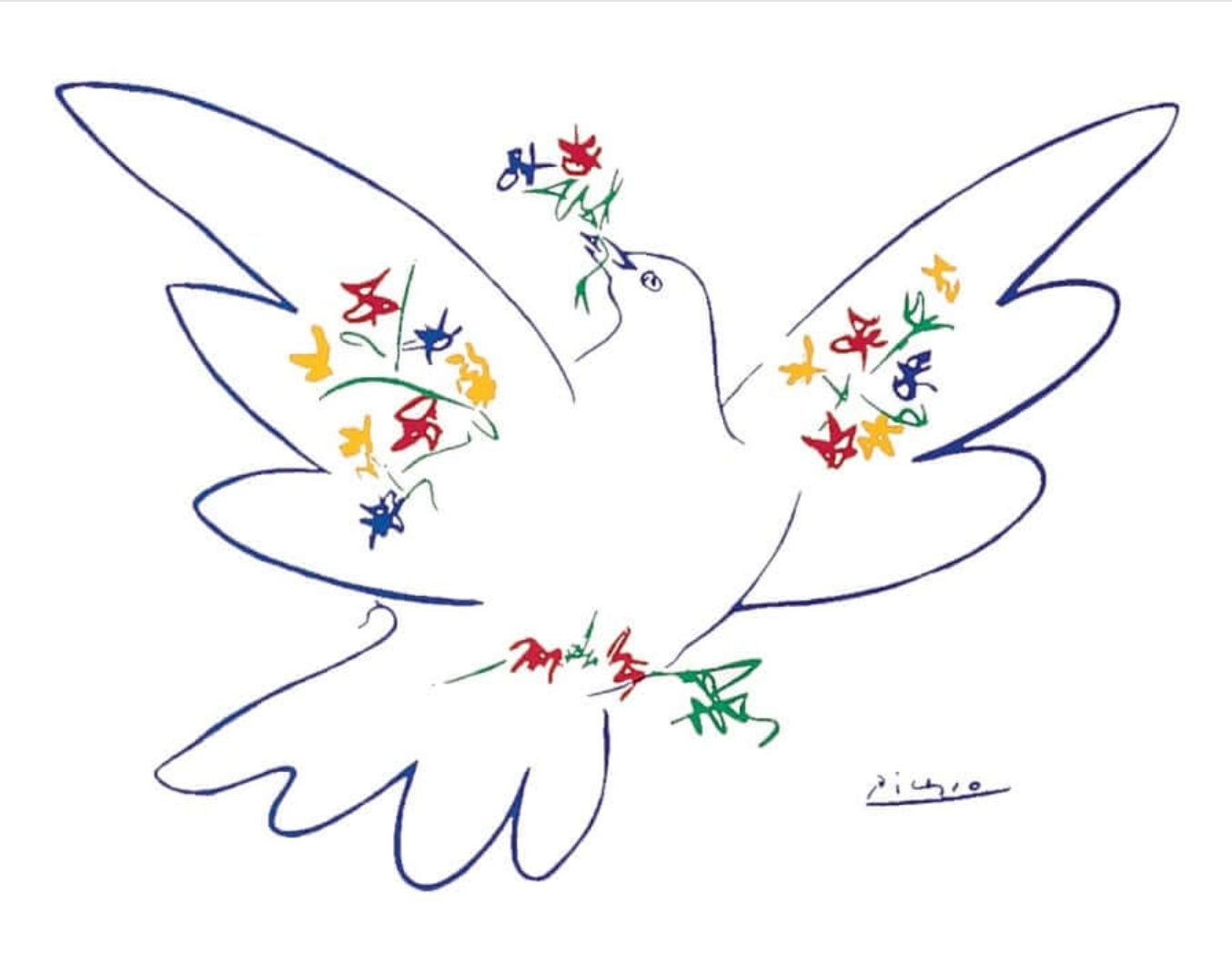
from the christ principle to the christ consciousness and the importance of a faithful biblical translation
 As Christians we are ‘People of the Book’ (along with our Jewish and Islamic brethren). Our theology and spirituality is founded in the sacred, inspired texts born out of the soils of the Middle East. Our relationship to our Heavenly Father and the Christ is a gift, firstly, of the accounts preserved in the New Testament, of which the four Gospels are vital to our spiritual understanding and well being. It is, therefore, essential to us that we fully understand the work of Christ as seen through the eyes of Mark, Luke, Matthew and John. Yet as we are centuries, lands, and tongues away from the original event (the incarnation of the Christ) we must rely on various translations of the Gospels (unless we are fortunate enough to speak biblical Hebrew, Greek or Aramaic). A faithful translation can enhance our comprehension of the Gospels, while a poor effort threatens to compromise our understanding.
As Christians we are ‘People of the Book’ (along with our Jewish and Islamic brethren). Our theology and spirituality is founded in the sacred, inspired texts born out of the soils of the Middle East. Our relationship to our Heavenly Father and the Christ is a gift, firstly, of the accounts preserved in the New Testament, of which the four Gospels are vital to our spiritual understanding and well being. It is, therefore, essential to us that we fully understand the work of Christ as seen through the eyes of Mark, Luke, Matthew and John. Yet as we are centuries, lands, and tongues away from the original event (the incarnation of the Christ) we must rely on various translations of the Gospels (unless we are fortunate enough to speak biblical Hebrew, Greek or Aramaic). A faithful translation can enhance our comprehension of the Gospels, while a poor effort threatens to compromise our understanding.
Greek is a rich language and the author of John, it is clear, employed Greek with purpose. Peter, it seems, could not rise to the height to which the Christ invited him (the spiritual love of agapao), but could only declare his friendship (phileo). Perhaps Peter’s recent memory of denying Christ on His way to the cross taught Peter not to extend ungrounded promises. We remember that Peter had denied his relationship with Jesus three time – as foretold by Christ – when accused of associating with Jesus;
| But he denied it, saying, ‘Woman, I do not know him.’ A little later someone else, on seeing him, said, ‘You also are one of them.’ But Peter said, ‘Man, I am not!’ Then about an hour later still another kept insisting, ‘Surely this man also was with him; for he is a Galilean.’ But Peter said, ‘Man, I do not know what you are talking about.’ At that moment, while he was still speaking, the cock crowed. The Lord turned and looked at Peter. Then Peter remembered the word of the Lord, how he had said to him, ‘Before the cock crows today, you will deny me three times’ (Luke 22:57-61). |
Peter loved his teacher and his friend: with his mind and with his heart he would not abandon Jesus through the trial and crucifixion. But Peter sought to preserve himself when asked about his relationship to Jesus. His higher ideals fell to the wayside, as Peter acted subconsciously (instinctively and reflexively). Peter, afterwards – after a period of reflection – realized his shortcoming, and fell into a state of profound remorse.
Later, when Christ finds Peter on the Galilee, it is not friendship that is asked of Peter. Christ asked Peter is he loves (agapao) him ‘more than these’ (John 21: 15), meaning more than anything the world has to offer. Jesus was now asking Peter to love the Cosmic Christ, the Christ Consciousness.
The importance of a full and faithful translation cannot be overstated. If Peter professes friendship (three times) to the Christ on the Galilee (and not spiritual love), and the Christ is seeking spiritual love from Peter on the first two occasions, and then friendship on the final query, the implications are manifold.
In a lesser translation we loose…
- …Peter’s tremendous honesty – standing before his teacher and friend – to confess (three times!) the limits of his love. The Peter Archetype is a full and vital model with which most of us can identify; the longing to embrace the Christhood coupled with a chronically human orientation!
- …a subtle display of the Mercy of Christ to first seek to life Peter up, but then (with the third query) to meet Peter at Peter’s level! The Mercy of Christ to accept Peter and us where we are now, with all our limitations, is born of the Love of the Godhead.
- …the incredible work of the Holy Spirit to soften a hard heart (or stone!). The Holy Spirit is, in part, the feminine and intuitive aspect of God, and is healing and maternal. We read in the few pages following John’s Gospel (Acts 3: 1-26) that Peter is both teaching and healing in the name of ‘Jesus Christ’ (Acts 3:6). The term ‘Jesus Christ’ signifies that Peter is now aware of the God-man’s dual nature: the Son of Man (Jesus) and the Son of God (the Christ). Peter, through the Grace of the Pentecost and the touch of the Holy Spirit had come into a full understanding of the Christhood, and had himself entered the Christ Consciousness!
In the icon below we see an image of St. Peter reflecting this realization: the two fingers that Peter has raised symbolize the dual nature of Christ. This realization is fundamental to Christians and is possible with the inspiration of the Holy Spirit.
How Does Peter’s Trial Speak To Us?

In terms of our moral-mystical development (and our relationship to the teachings of esoteric Christianity) we can see that Peter (and all of us) relate to the Christ on three levels. We can serve the Christ consciousness on the physical level by offering our allegiance, our time, and our material resources. When we assuage, comfort, and heal we serve the Christ on the emotional level. When we offer guidance, consul and promote spiritual ideals and principals we stand with the Christ Consciousness on the mental/noetical level. We are constantly faced with situations at home, work, and in the society where we can reflect the healing and uplifting values of our faith. As I write this article my two and half week old daughter needs my physical and emotional care to fall asleep, thus competing with my attempt to promote the Christ Ideals through this essay! We need to serve all needs.
The Christ Principle (acting according to the example of Jesus) is not foisted upon us, rather we adopt it (each of us according to our paths) as our model of praxis. As the Christ Principle softens the inner soil of our personality, the Christ Consciousness then grows into our mode of consciousness. It is the movement into the Christ Principle that precedes and makes possible the emergence of the Christ Consciousness. This is the basic teaching of Theosis (union with the Godhead): that the world – because of all its complications – offers us all the experience we need to spiritually mature into the Christ Consciousness.
Embracing the Christ Principle is a two-fold engagement: we dedicate ourselves to 1.) Service (healing, comforting, advising and teaching), and to 2.) Inner Evolution (a character free of hypocrisy, rich in awareness, compassion, tolerance and joy). Both aspects are equally important, and are reliant on one another: Service needs awareness, and awareness needs expression. The degree to which we have embodied the Christ Consciousness, is measured directly by the degree in which we express its values in day to day life.
Dem Christus-Prinzip nahe zu kommen ist ein Engagement in zwei Richtungen. Wir verpflichten uns:
- dem Dienen (Heilen, Trösten, Beraten und Lehren)
- der inneren Entwicklung (ein Charakter, der frei ist von Heuchelei, reich an Achtsamkeit, Mitgefühl, Toleranz und Freude.) Beide Aspekte sind gleich wichtig und einer beruht auf dem anderen: Dienen braucht Achtsamkeit, und Achtsamkeit braucht einen Weg, sich auszudrücken. Der Grad, mit dem wir das Christus- Bewusstsein verkörpern, kann direkt daran gemessen werden, bis zu welchem Grad wir seine Werte im alltäglichen Leben verwirklichen.
SERVICE
When we Stay with Jesus on the Way to the Cross (through our care for other human beings)
| Our Mental/Noetical Resources serve the |  | |
| Our Emotional/Psychic Resources serve the | ||
| Our Physical/Gross Material Resources serve the |
INNER DEVELOPMENT
When the Christ comes to us on the Galilee (the degree to which we have developed inwardly)
| Our Mental/Noetical Inner development Meet the |  | |
| Our Emotional/Psychic development Meet the | ||
| Our Physical/Gross Material development Meet the |
The Path of Peter, or the Peter Archetype, is powerful, rich, and full: it leads us from a love for the Son of Man, conducting our lives according to the Christ Principle, into an increasing love for the Son of God, where we enter the beauty, peace, and rest of the Christ Consciousness.
May we all enter this peace.




